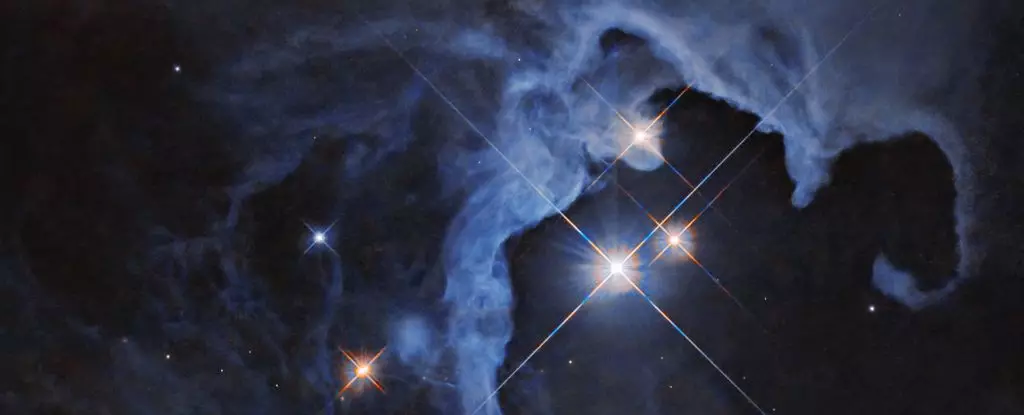The question of whether Earth stands alone in the vast expanses of the universe is one of our age’s most profound mysteries. As our instruments probe the night sky in pursuit of extraterrestrial signals, the silence can be deafening. Still, the apparent solitude raises questions about the conditions necessary for intelligent life to emerge. While current scientific frameworks, like the Drake Equation, offer some insights, recent developments suggest we are only scratching the surface of a much more complex scenario.
The Drake Equation, formulated over fifty years ago, synthesizes factors believed to affect the emergence of intelligent civilizations in our galaxy. These elements include the rate of star formation, the proportion of stars with planets, and the number of planets that could potentially harbor life. Yet, as robust as it appears, the Drake Equation has its limitations, primarily because some crucial variables remained unaccounted for.
Daniele Sorini, a physicist at Durham University, recently spearheaded research aimed at addressing this gap by introducing the influence of dark energy on star formation rates into the equation. This exploration reveals that the universe’s underlying conditions may be more nuanced than we originally thought. By challenging the traditional parameters, Sorini and his team provide a fresh perspective on what may affect the likelihood of life’s emergence beyond Earth.
Dark energy, an elusive force driving the acceleration of the universe’s expansion, constitutes about 71.4 percent of its total energy and mass content. In contrast, only a tiny fraction, around 4.6 percent, consists of the baryonic matter we can observe—planets, stars, and even life. What makes dark energy particularly intriguing is its dual role: while it counteracts the gravitational pull that binds galaxies, it also governs the efficiency of star formation.
Sorini’s research outlines how varying densities of dark energy impact the rates at which stars can form. Notably, their findings indicate that stars are most efficiently formed in a universe where approximately 27 percent of matter is converted to stars—a scenario that starkly contrasts with our current universe, where this rate is closer to 23 percent. This discrepancy raises a tantalizing prospect: humanity may not be flourishing in an optimal environment for intelligent life.
What does it mean if our universe is not ideally suited for life? The implications are staggering. Sorini points out that a higher density of dark energy remains compatible with life’s presence. This leads to the possibility that in another part of the cosmos, under different conditions, intelligent life could be blossoming. It shifts the narrative from one of isolation to one of potential opportunity; we may not be the pinnacle of evolution but instead part of a larger, uncharted tapestry of life.
To further complicate the picture, researchers must consider the myriad conditions that could influence the emergence of life. For example, the attributes of various stars and their planetary systems, the chemical processes that lead to life, and the role of environmental stability all play significant roles.
As scientists delve deeper into these intricate networks of variables, the ultimate goal remains to identify where we might find other intelligent life forms. Each increment of understanding allows researchers to refine their approach to searching the cosmos. The realization that life could emerge under various cosmic conditions opens a myriad of possible scenarios where civilizations may exist undetected by our current technology.
In light of this new understanding, the ongoing quest to find extraterrestrial signals or artifacts becomes not merely a search but a journey through a galaxy that might be populated by lifeforms thriving against the odds. It’s essential for future research to integrate a broader range of variables into the discussions surrounding extraterrestrial life. Only by accepting and investigating the unknown can we hope to illuminate the dark corners of the galaxy.
As we advance in our cosmic inquiries, scientists like Sorini encourage an expansion of our methodologies and theories. Understanding the interplay of dark energy, star formation, and the conditions required for life presents an exciting frontier in astrophysics and cosmology. Each new discovery builds upon the last, leading us toward a more cohesive understanding of our universe and our place within it. The quest to answer whether we are alone may very well hinge on our willingness to rethink established norms and venture into the uncharted realms of cosmic potential. In doing so, we can pursue the profound question: if we are not the only ones, what messages do those far-off civilizations hold for us amidst the quiet of the universe?


Leave a Reply